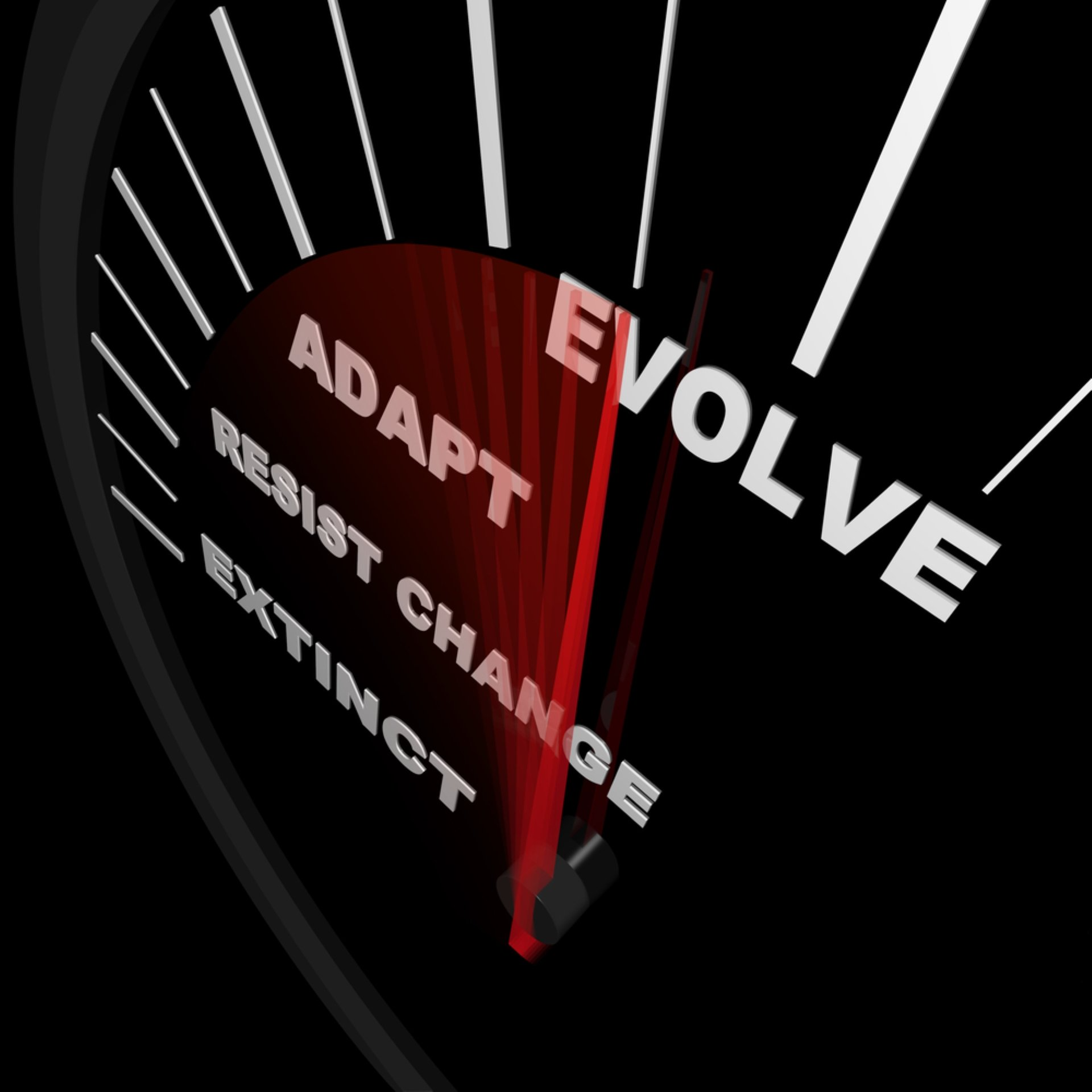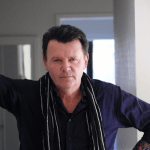At the end of the session the team had delivered real value and felt very pleased with their efforts, and they had bonded further as a team. I witnessed one member, a school principal, writing down a list and I asked her what the list was for. She replied that she was noting down all the things she had learned during the host day. There were 11 things on her list which she happily shared with me. It was a mixture of reflections and tangible work-ons. What was fascinating was that the host business was in the plumbing trade, and here was a school principal able to cross reference and access learnings to work on and apply in her work-world.
At the same time, another woman came away saying she had not learnt anything of value and the team were not of a high enough calibre for her to continue. I didn’t agree with either comment here, and felt a certain amount of frustration because the opportunity for her to learn was there.
So, what were the key differences between the learner and the non-learner, who were of a similar age, status and experience?
- The learner had a generosity of spirit towards her fellow members and gave and received with equal measure. Her status did not get in the way of listening to everyone’s opinion, and she reflected deeply. She was happy to be vulnerable enough to show me her work-on’s.
- The non-learner used her status as a shield. She stated she was there to impart her knowledge for others to learn from, and as a result did not connect to others with an open heart. She wore an air of authority that was impenetrable, which we never got the chance to understand.
Then there’s some individual members, primarily from the commercial sector, who think that our meetings should focus more on business. What they’re meaning is ‘how do we grow our enterprise and make more money?’ If I respond, ‘to do that you could develop your emotional intelligence so you can empower more people around you, be more self-aware, and understand the impact you have on others….’ they glaze over. For them, working on business means the balance sheets and P&L. There’s no need to self-reflect when dealing with those!
This happens in different forms on a regular basis and is a frustration that I, and our other facilitators, share. So I asked a number of these experienced and qualified colleagues of mine to help with this blog, to get their take on the barriers that exist to learning, not just for individuals, but companies as well.
So, why bother? Many simply aren’t willing, only to find that life then delivers a challenge in the form of accident, illness, a relationship breakdown or any one of life’s numerous experiences that force us to grow. So, what gets in the way of our choosing to keep growing?
- As mentioned, the spoils of our current choices are very attractive.
- The image of who we are can be more important than being authentic.
- We lack the safety to experiment being different.
- Moving into the unknown requires us being willing to “not know”. Something that many of us are unwilling to entertain and certainly do not wish to reveal to others.
- Doing new things can feel highly uncomfortable. This is another experience that life has taught us, often at a very young age, that we don’t want to have.
- And then there are habits, which if we keep repeating them for too long, we can simply lose sight of the possibility of anything different.
To embrace change actively requires multiple layers of support, something that many of us do not have, do not recognise the need for, and that our culture doesn’t have as a norm either.
Admitting the need for others when one’s survival is based in looking out for oneself, goes against the grain. It’s often accompanied by feelings (who wants those!) of shame – not something most people in their right mind would walk willingly towards.
So, there’s lots of reasons for not changing, however the cost of turning away is high, and ultimately leads to a slowly-reducing life rather than one lived to the full.
Harv back again:
Manda’s comments remind me of a Collective Intelligence foundation member who joined 11 years ago. At the time, I stated that he was one of the more talented people to join the membership, and with so much potential. He had a great platform and the world was his oyster. The only thing that could get in his way was himself. Boom.
The issue was, he didn’t like being uncomfortable, to be seen as anything but talented. Eleven years later he is doing the same job, but not as well, because his star is not as bright. That’s the key point right there. If you are not able to learn and evolve as an adult, you will in fact become worse at what you do, because the world passes you by and others around you will notice.
This article takes an in-depth look at why evolution is so important. You cannot stay at the same level all your career. We know that is true for sport and it’s the same for professionals.
Oliver Twist
Statistically, opening a restaurant has one of the highest start-up failure rates of any business. But evidently that wasn’t risky enough for Jamie Oliver, given that he chose to hire unemployed, untrained and troubled young people who had “avoid” written all over them. And even Jamie was surprised by the rapid success of his “15” chain, which mixed great dining with a social purpose. The celebrity chef subsequently enjoyed significant growth with “Jamie’s Italian”, which at its peak had 43 restaurants. One critic even hailed it as ‘streets ahead of any other Italian chain’.
And now it’s all gone. In a highly competitive and dynamic market, Jamie’s restaurants had become expensive, and the food had become ordinary. The world had moved on, and by May, the administrators had moved in.
Most leaders get that being a disruptor yesterday doesn’t buy you immunity from being disrupted tomorrow. So why is it that so many organisations fail to embrace change?
Success breeds complacency
One problem with corporate success is that it’s hard – really hard – not to believe your own hype. If people keep telling you how great your product is by buying more of it, at some point even the most modest could be forgiven for succumbing to all that adulation. If your customers love you, then of course all your stakeholders will love you too. Rochester, New York was nicknamed “Fortress Kodak”, where the company’s HQ staff, suppliers and the wider community kept telling the company’s leadership how great the brand was. Which they all believed, right up until the moment the company failed to embrace digital photography (even though Kodak invented it!) and went from number 1 to chapter 11 in the blink of an eye.
Change is the most risky, expensive and disruptive activity any organisation can undertake. Most organisations habitually operate at or near the limit of their resources (usually cash). So, deciding to upset the ticking-along-nicely-thank-you status quo to allocate resources you don’t have to attempt a change you’re not sure will work, is not a decision for the faint-hearted. Which is why most organisations don’t change until it’s too late, consigning themselves to a perpetual state of scrambling to survive.
The term ‘burning platform’ was coined by change consultant Darryl Conner following what remains to this day the world’s worst oil platform disaster, Piper Alpha, back in 1988. Quite astonishingly, 61 of the 288 crew survived. Connor noted the courage of those who decided to risk the near certainty of death by jumping 15 stories into the burning North Sea at night, rather than the absolute certainty of death if they remained on the burning platform. He also compared that Hobson’s choice to business leaders who only decide to embrace change when the pain of doing something becomes less than the pain of doing nothing.
Altitude sickness
The other problem with success is that it lifts the organisation to an altitude that on the one hand may be clear of the competitive bun fight below, but is also high enough for those onboard to start getting nervous. Up here there’s more room for the brand to stretch its wings, more opportunity to use its leadership position to get a head-start on the next leg of the endless quest for survival and growth. Except that usually that is not what happens.
Presumably a man of Philip Green’s retail experience and means could have easily understood and seized the opportunity for on-line shopping, but not when his Arcadia Group’s flight path had been paved for decades with bricks and mortar. Whether the organisation is an A380 or an executive jet, all pilots know that flying requires a lot of things to go right all the time. Even then there’s always the uncertainty of the uncontrollable conditions they’re flying in.
Somewhere along that trajectory of success, all too often the organisation moves from a culture of innovation to a culture of protection. When Lithuanian immigrant Montague Burton started out in the UK in 1903, he created a company that would go on to own the largest clothing factory in Europe as “the tailor of taste”. But after less than 20 years in the hands of the Green family, Burton’s legacy narrowly avoided administration earlier this year, having failed to adapt to the likes of ASOS and H&M. Burton himself had nothing to lose and for him the risk of change was the fuel to get him off the ground. But what Green bought was a company that was already fully airborne. The stakes were higher, the potential losses much bigger and the reinvention of such an established and iconic value chain unthinkable. Until he was forced to rethink it anyway.
Success means there’s further to fall and surely only a nut-bar would redesign the plane while it’s in-flight. Captain Green was working on the principle that if it ain’t broke, don’t fix it. But like Green’s strategy, that cliché is out of date and needs changing.
Age-related fitness problem
In 2014, the Chinese government announced a scheme to take more cars off the road than there are cars in New Zealand. Those vehicles still did exactly what they were designed to do – transport a small number of people from A to B faster than a horse. But that was the problem. It would have been easier all round if they had spluttered their way to the scrap yard before their time. But while they still worked pretty much as they had done since the day they rolled off the production line, the world in which they operated has changed beyond all recognition. Increasing urban wealth in China has resulted in spiralling levels of car ownership and the Chinese people are fed up with living in smog-filled cities. That has made older, less environmentally-friendly vehicles the target of legislation, as they have been deemed unfit for purpose in the modern world.
So, to bring that cliché into the 21st century – if it ain’t broke, that don’t mean it works anymore. Organisations like Arcadia, that can’t or won’t see that their external environment is moving faster than their internal environment, are doomed. The only good thing about operating with a ‘hear no change, see no change, speak no change’ mentality is that failure comes as a complete surprise.
Gut feel
Jamie Oliver once said that ‘food is one of life’s great joys, yet we’ve reached this really sad point where we’re turning food into the enemy and something to be afraid of’. Substituting the word “food” for “change” sums up the attitude of so many organisations that have become fat and happy serving up the status quo to their customers.
Those who have nothing can risk everything, of course. But those who have something and “do nothing” risk everything, whether they know it or not.
These days, it’s not just a case of only those organisations who can adapt will survive.
Only those organisations that can adapt to any change before change is needed will win their future.




